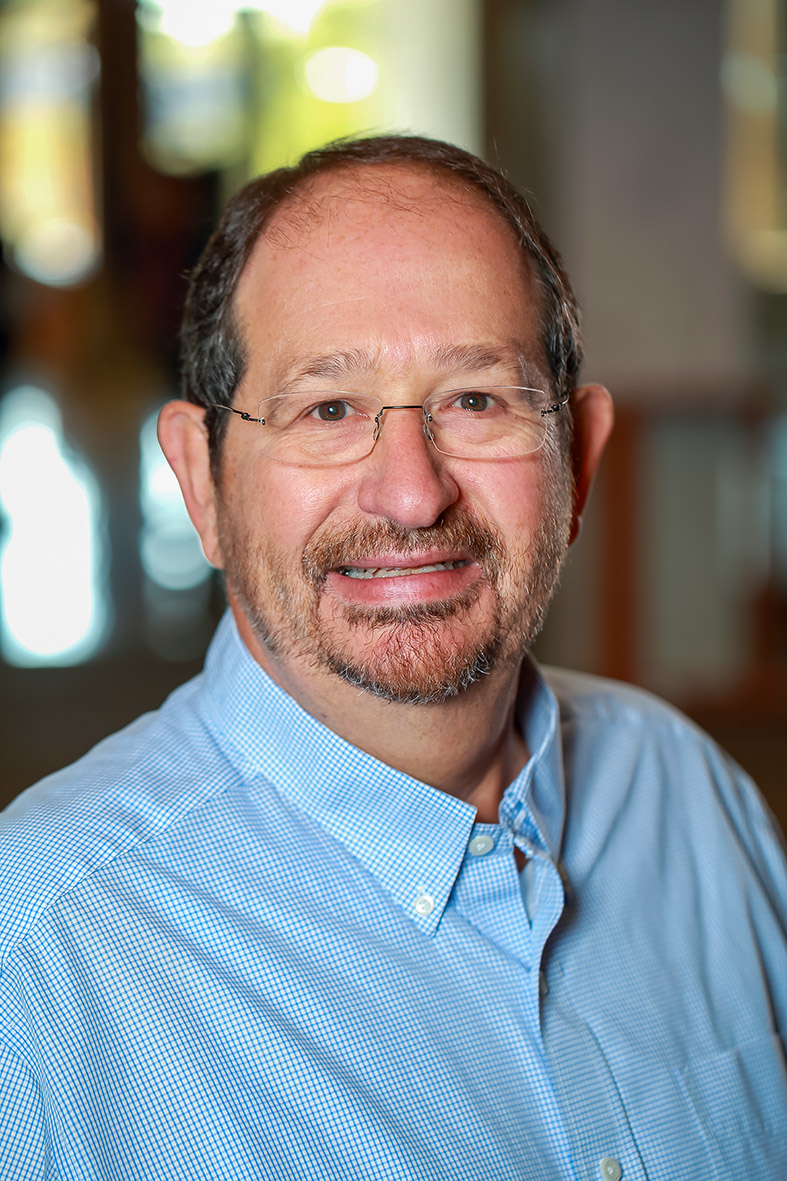About

David Landsman, PhD
Deputy Scientific Director
Chief, Computational Biology Branch
Acting Chief, Computational Health Research Branch
Our research team is interested in data science methods and analytics to better understand our research in chromatin structure and gene regulation.
Contact Information
Building 38A, 8600 Rockville Pike MSC 6075 Bethesda, MD 20894
Tel: 301-435-5981
Research Interests
The introduction of modern technologies, such as next generation sequencing (NGS), for DNA sequencing in chromatin structure research has substantially advanced our understanding of nuclear-wide interactions and the effect of post-translational modifications. With very large datasets, new theories on the interactions of chromatin proteins and their effects have been measured across whole genomes, and comparative analyses of wild type and mutant variants have led to a better understanding of the molecular events of chromosome biology. Previously, we have used these published datasets to determine what common features can be mined by asking specific questions related to each dataset or by combining multiple datasets from several laboratories to find common features. These efforts proved to be quite productive, and we decided to make a change to our research program in order to have more interactions with collaborators in wet laboratories. We have concentrated largely on using data produced by our collaborators to analyze their results. We have established interactions with three groups, two at the NIH and one in New York. These interactions have proved to be productive but, more importantly, have been far more satisfying for the members of our research team. Below is a list of recent projects:- HMGN1 and HMGN2 proteins bind to chromatin in a tissue specific manner and stabilize cell identity
- Characterization of the role of the pre-initiation complex in Mediator recruitment and dynamics
- Exploring the diversity of histones and their variants in different organisms
- Conformational dynamics of nucleosome at atomistic resolution on microsecond time scale
- Structural characterization of DNA-protein complexes with high precision
- Development of computational resources for transcriptome research
Publications

